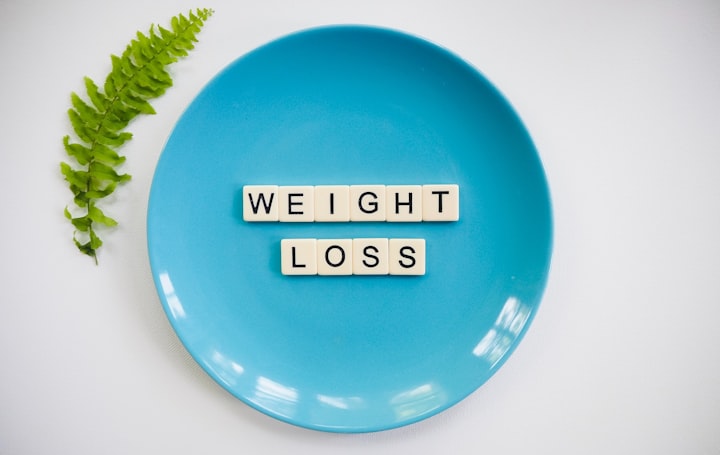A Guide To How To Eat To Loose Weight - Free Webinar
Although it can be difficult, it is not impossible to lose weight. Adopting a healthy eating plan is one of the most crucial steps in accomplishing your weight loss objectives. In this post, we'll examine the healthiest diets for weight loss and overall wellness.

Establish Your Caloric Requirements:
Place an emphasis on Whole, Nutrient-Dense Foods
Foods that are high in nutrients include the following:
Apples, bananas, grapes, oranges, and other fruits
Broccoli, spinach, kale, carrots, and other vegetables
Chicken, fish, tofu, and other lean proteins
Brown rice, quinoa, whole wheat bread, and other whole grains
Count servings: To be sure you're consuming the right portions, use measuring spoons and cups.
Limit processed and calorie-dense foods.
Burgers, fries, pizza, and other fast food
cola, energy drinks, sports drinks, and other sweetened beverages
About the Creator
Paul Dadi
I am, a talented and passionate writer who has been captivating readers with my insightful and thought-provoking articles on various platforms, including Vocal.media. I have a keen eye for detail and a love for story telling.





Comments
There are no comments for this story
Be the first to respond and start the conversation.